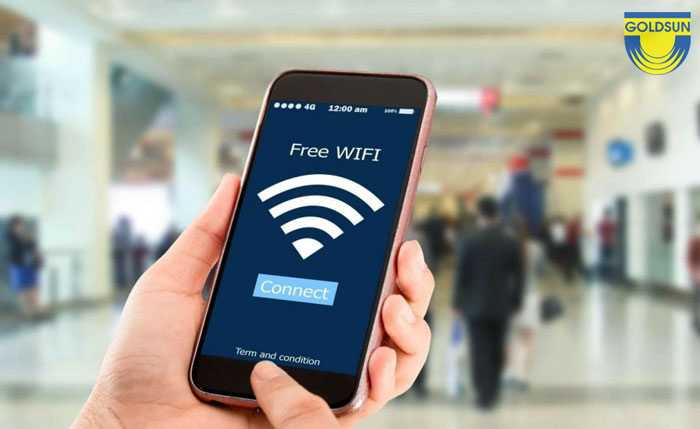Unraveling the Acronym: The Full Meaning of WiFi
In today's digitally connected world, WiFi has become an indispensable part of our daily lives. Most of us use it regularly to access the internet, stream content, and stay connected. However, have you ever wondered what WiFi stands for or what its full meaning is? In this article, we'll dive into the acronym WiFi and explore its origins, development, and significance in the realm of wireless technology.
1. Introduction to WiFi

WiFi
WiFi, often stylized as Wi-Fi, is a term used to describe a wireless networking technology that allows electronic devices to connect to the internet or communicate with each other without the need for physical cables.
It has become synonymous with wireless internet access and is widely used in homes, businesses, and public spaces.
2. The Origin of WiFi
Contrary to popular belief, WiFi is not an abbreviation for "Wireless Fidelity." In fact, WiFi is a term coined by a branding consultancy firm called Interbrand Corporation, hired by the founding members of the Wireless Ethernet Compatibility Alliance (WECA).
The term was created to give a catchy and marketable name to the emerging wireless technology.
3. The True Meaning of WiFi
So, what does WiFi actually stand for? In truth, WiFi is not an acronym but a brand name.
However, it has often been informally expanded to mean "Wireless Fidelity" due to the resemblance to terms like Hi-Fi (High Fidelity) used in audio systems.
Despite this informal expansion, the creators of WiFi have consistently maintained that it doesn't stand for anything specific.
4. Evolution of WiFi Technology

WiFi Technology
Since its inception, WiFi technology has undergone significant advancements. The first standard, known as 802.11b, was introduced in the late 1990s, offering data transfer rates of up to 11 Mbps.
Over the years, newer standards like 802.11g, 802.11n, 802.11ac, and 802.11ax (Wi-Fi 6) have emerged, each offering faster speeds, better range, and improved performance.
5. Ubiquitous Use of WiFi
WiFi has become an integral part of our daily lives. It allows us to connect our smartphones, laptops, tablets, and a wide range of smart devices to the internet.
We use it for tasks such as browsing, streaming, online gaming, and remote work, making it a technology that has revolutionized how we stay connected.
In summary, while WiFi is often informally expanded to "Wireless Fidelity," it is, in fact, a brand name created for the wireless networking technology we use today. Its evolution has brought about faster and more reliable wireless connections, making it an essential component of our modern digital world. Whether you're at home, in a café, or at the airport, chances are you're benefiting from the convenience of WiFi.